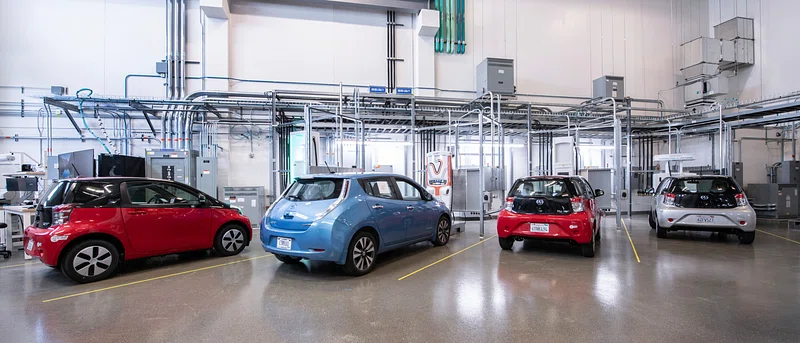
“EV demand is going to drop off pretty precipitously,” GM CFO Paul Jacobson warned this fall. That sobering forecast has already materialized in a wave of cancellations and production pauses, as automakers recalibrate their electrification strategies in the wake of expiring federal tax credits, shifting consumer demand and new tariff pressures.
Just two years ago, the industry was brimming with confidence about an all-electric future. With U.S. EV market share now expected to fall from 10% in Q3 to as low as 5% next year, companies are mothballing some of their most ambitious projects. For many of the axed vehicles, little time was given to make their mark, while others didn’t get past prototype stage.
Casualties ranged from luxury sedans to muscle cars and even commercial vans. Following are nine of the most notable EVs that were either discontinued or axed altogether in 2025
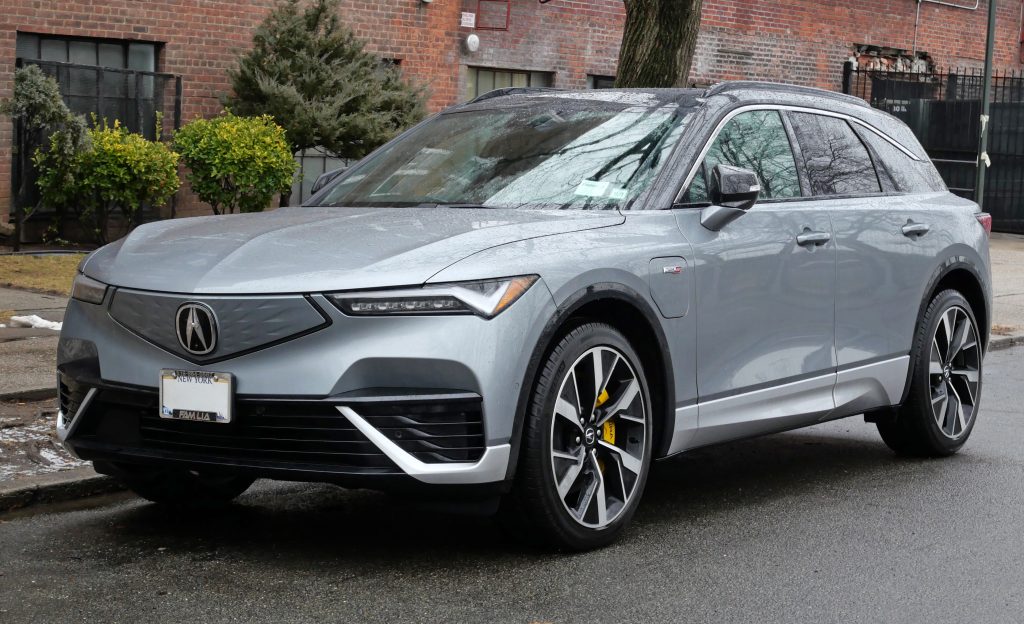
1. Acura ZDX’s One-Year Run Ends
The ZDX was to be Acura’s first production EV, leading the brand into an electrified future. Built on General Motors’ Ultium platform alongside the Cadillac Lyriq, it offered Acura styling with GM’s battery tech. But after just one model year, Acura pulled the plug in September 2025, citing market conditions.
The timing was telling-its demise came right before the $7,500 federal EV tax credit expired, a blow to a model that already faced stiff competition. Though sibling models like the Honda Prologue continue, the ZDX stands out as the only Ultium-based crossover to be axed completely.
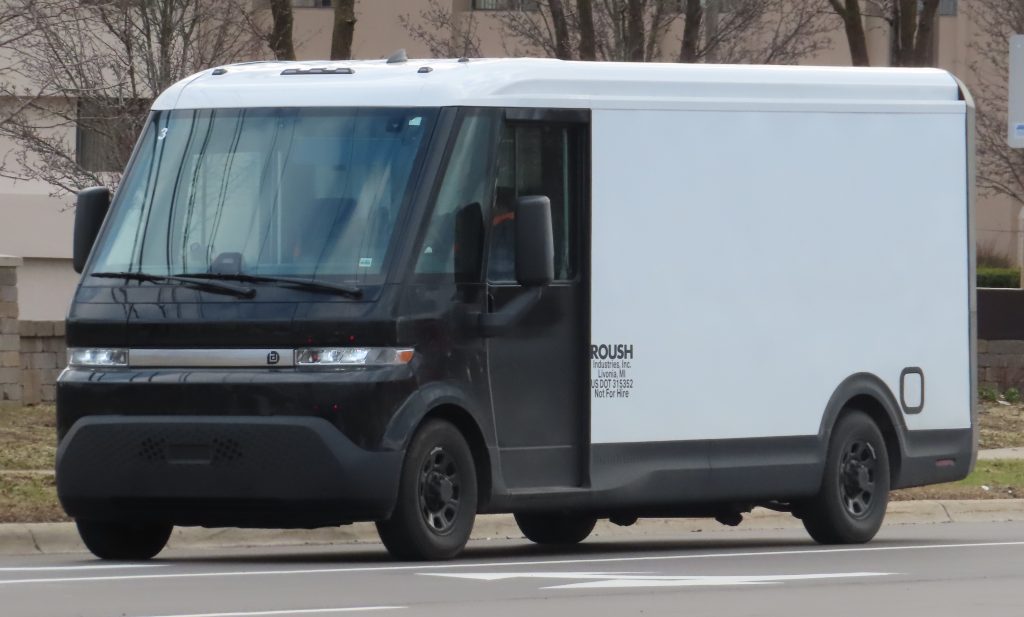
2. Chevrolet BrightDrop Vans Parked for Good
Once pitched as a cornerstone of GM’s commercial EV strategy, the BrightDrop electric vans were folded into the Chevrolet brand for 2025. Despite adding an Extended Range battery option for 2026, GM announced in October that the line was ending.
With a base price of more than $67,000, and with the market for electric vans coming on slower than expected, those 400 and 600 models were doomed from the start. Now, GM will partner with Hyundai on a new U.S.-built electric van, arriving in 2028, tacitly conceding that the BrightDrop rollout misjudged demand.
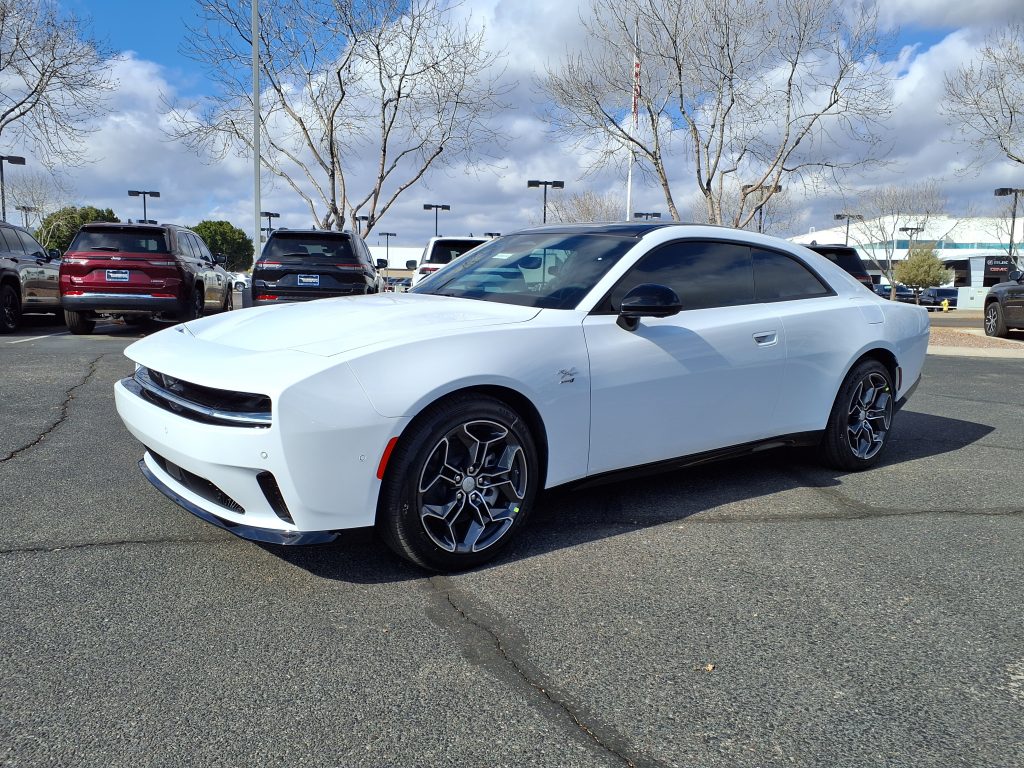
3. Dodge Charger Daytona R/T and Banshee Axed
The electric Charger Daytona started out in 2025 with two trims, but only the 670-hp Scat Pack survives into 2026. The 496-hp R/T was “postponed” as Stellantis cited tariff concerns for Canadian-built cars.
Far more intriguing was the reportedly axed high-performance Banshee variant, rumored by sources to have had a shot at delivering an astonishing 1,000 horsepower. Which, to Dodge, shows how fast performance EV halo projects can drop in priority when the headwinds start to blow.

4. Genesis Electrified G80 Goes Out with a Whisper
Genesis’ Electrified G80 sedan melded subtle luxury with dual-motor performance and an 87-kWh battery good for 282 miles of range. But U.S. sales never topped 1,329 units in a year, and a new 15% tariff on South Korean-built cars further eroded its case.
In August 2025, Genesis confirmed that the model has been discontinued in the U.S., though it will still be available overseas. The move is indicative of how even well-executed EVs can falter without strong market pull.

5. Nissan Ariya Production Halted for U.S.
Launched for 2023, the Nissan Ariya offered up to 304 miles of range in single-motor form and as much as 338 hp in dual-motor trims. But with the federal EV tax credit gone and pricing that undercut neither rivals nor Nissan’s own upcoming Leaf, the Ariya struggled.
Production for the U.S. was “paused” late in 2025, with no announced return date. Nissan is shifting its focus to more budget-friendly EVs, leaving the Ariya to carry on only in other global markets.
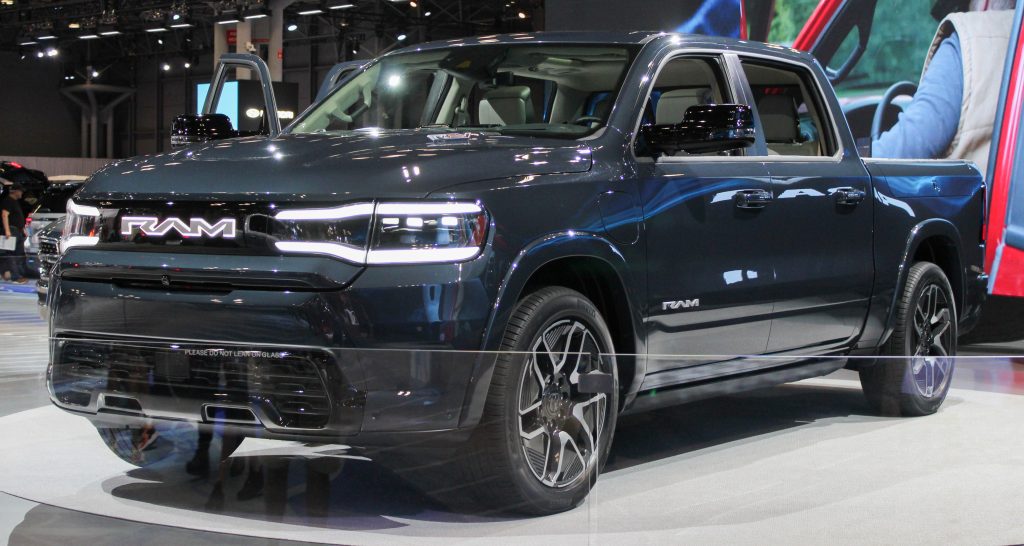
6. Ram 1500 REV All-Electric Truck Canceled
Ram’s entry into the full-size electric pickup fray was supposed to be the 1500 REV. Instead, after several delays, the all-electric version was axed in September 2025.
The name REV will now be used on a plug-in hybrid truck previously called the Ramcharger that marries an electric drivetrain with a V-6 generator. The pivot reflects a wider industry move to hybrids as a hedge against uncertain demand for EVs.

7. Volkswagen ID.7 Nixed for North America
The sleek Volkswagen ID.7 sedan, first shown in Europe in 2023, was positioned as the spiritual successor to the Passat. But in January 2025, VW axed plans for a U.S. launch due to “the ongoing challenging EV climate.”
The ID.7 continues in Europe, now with a wagon variant, but its absence in North America underlines the risk of introducing premium-priced EV sedans into a cooling market.
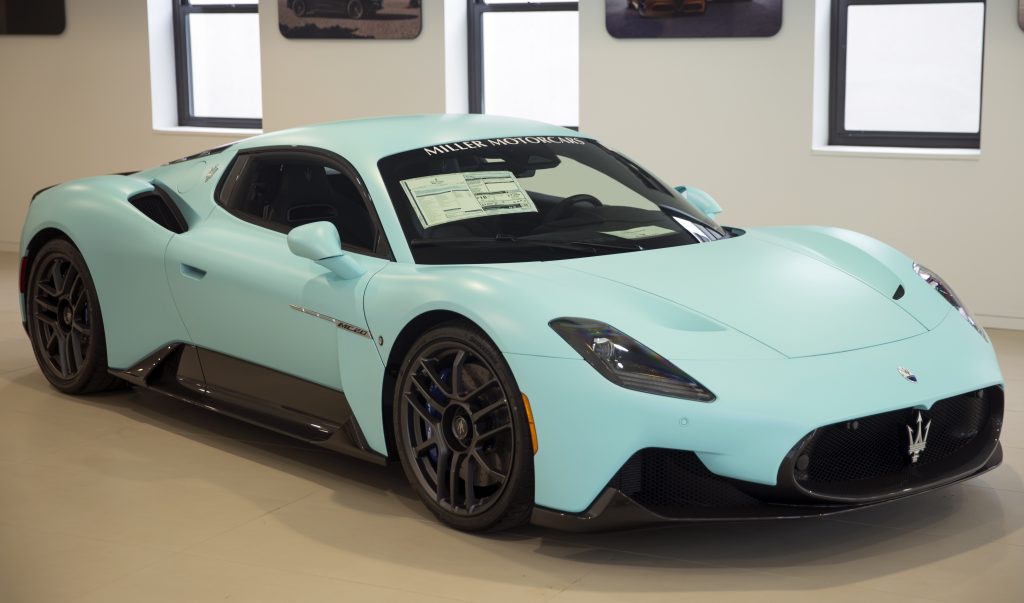
8. Maserati MC20 Folgore Never Sees Daylight
The MC20 Folgore was to be the flagship electric sports car from Maserati, sharing its chassis with the V-6 MC20 but powered by a high-output battery system. Development stretched over years, but in mid-2025, Stellantis quietly axed it.
This was due to insufficient demand for ultra-high-performance EVs at the expected price. Maserati still sells other EVs, but the loss of the Folgore has left a big hole in its performance lineup.

9. Nissan and Infiniti U.S.-Built EV Sedans Scrapped
The company once planned to build two electric sedans-one each for its Nissan and Infiniti brands-starting in 2025 at its Canton, Mississippi factory. It axed those plans amid financial strain after a failed merger with Honda and as market conditions changed. The company said it would reassess the projects as part of a new vehicle program, but for now, the sedans join a growing list of EVs that have been sidelined before they reached production.
The rapid contraction of planned EV lineups in 2025 underscores a sobering reality the path to electrification is neither linear nor guaranteed. Automakers rebalance portfolios toward hybrids, plug-in hybrids, and flexible platforms that can pivot with demand. While the long-term outlook on EVs remains intact, the short-term reality is one of market recalibration-one that’s leaving some promising models on the cutting-room floor.


